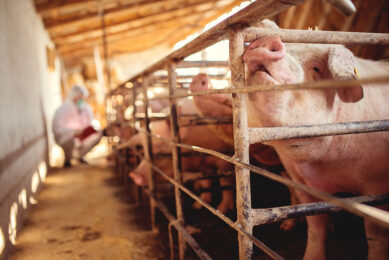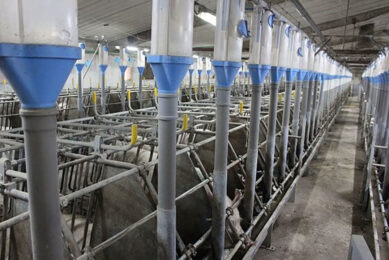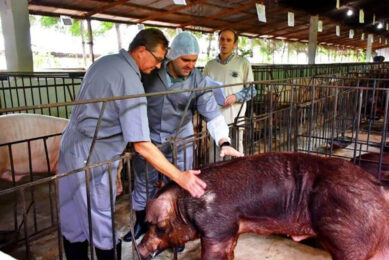Biodiversity considered the future of farming
Farming systems that are less energy intensive, more flexible in the face of unstable climates and that produce more different products could be the answer to the challenges of climate change, according to Fred Kirschenmann from Iowa State University.
The complete story to this subject appeared recently in Agronomy Journal.
A few farmers already operate successful under the biodiversity theory. One is Takao Furuno’s duck/fish/rice/fruit farm in Japan. He produces duck meat, duck eggs, fish meat, fruit, and rice without any purchased outside inputs. He uses a highly synergistic system of production on the same acreage where he previously only produced rice.
And, in this new system, his rice yields have increased up to 50% over previous yields from an energy-intensive rice monoculture.
Numerous animal species
Joel Salatin, of Polyface Farms near Swoope, Virginia USA has developed a rotational grazing production system featuring pastures containing at least 40 varieties of plants and numerous animal species.
Salatin’s farm uses little fossil fuel, yet the farm is highly productive. The 57-hectare farm annually produces 30,000 dozen eggs, 10,000 to 12,000 broilers, 100 beef animals, 250 pigs, 800 turkeys, and 600 rabbits.
A US study by George Boody and colleagues has calculated that diverse, synergistic farms can be profitable and simultaneously benefit the environment. They showed that when farms are converted from maize or soybean monocultures to more diverse operations, net farm income can increase by as much as 108% while generating significant environmental and social benefits.
Principles
Principles that might guide post-modern farms are almost completely different from those ‘used’ in today’s commercial farming. According to Fred Kirschenmann the new multi species/multi crop farms should:
• Be energy conserving
• Feature both biological and genetic diversity
• Be largely self-regulating and self-renewing
• Be knowledge intensive
• Operate on biological synergies
• Employ adaptive management
• Feature ecological restoration rather than choosing between extraction and preservation
• Achieve optimum productivity by featuring nutrient-density, and multi-product synergistic production on limited acreage
Related website:
• Agronomy Journal
• Iowa State University
For the latest news, subscribe here











